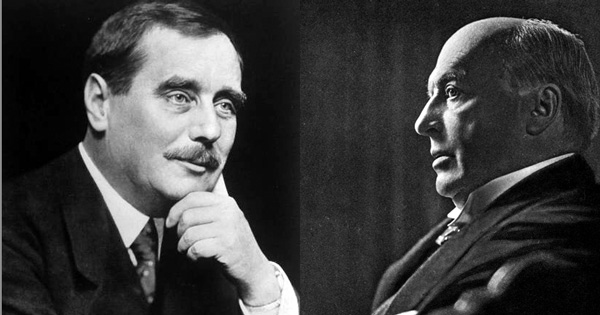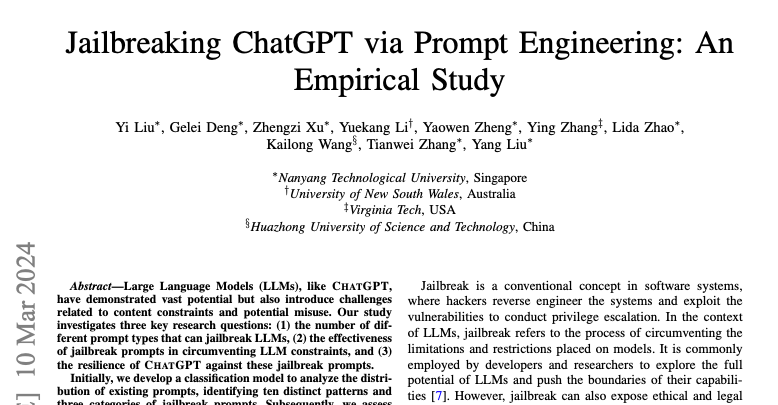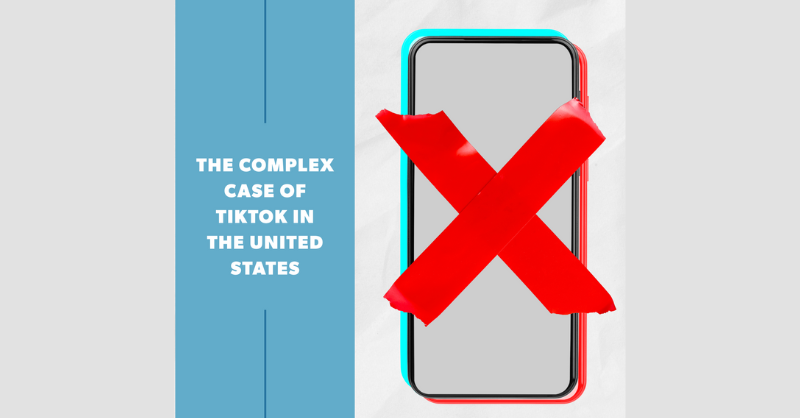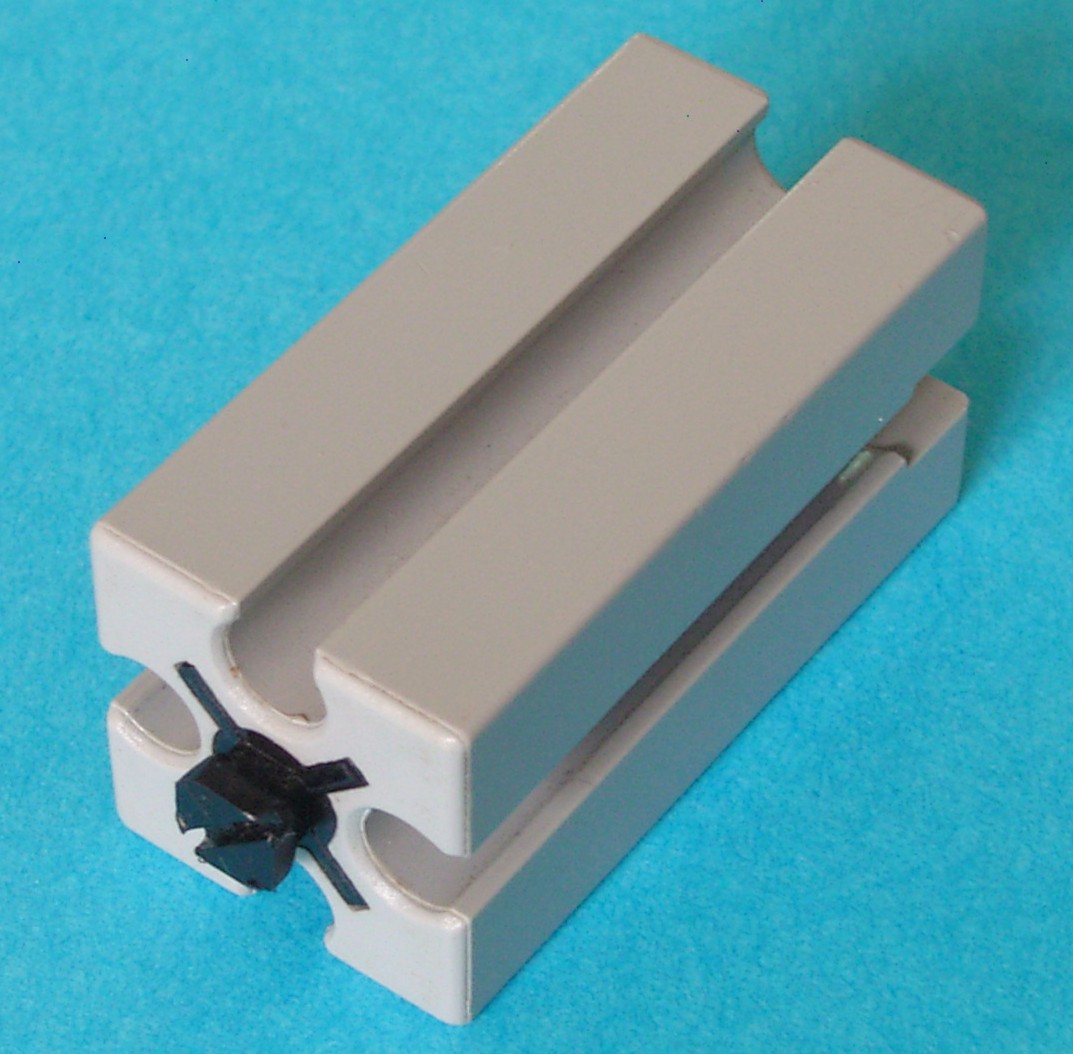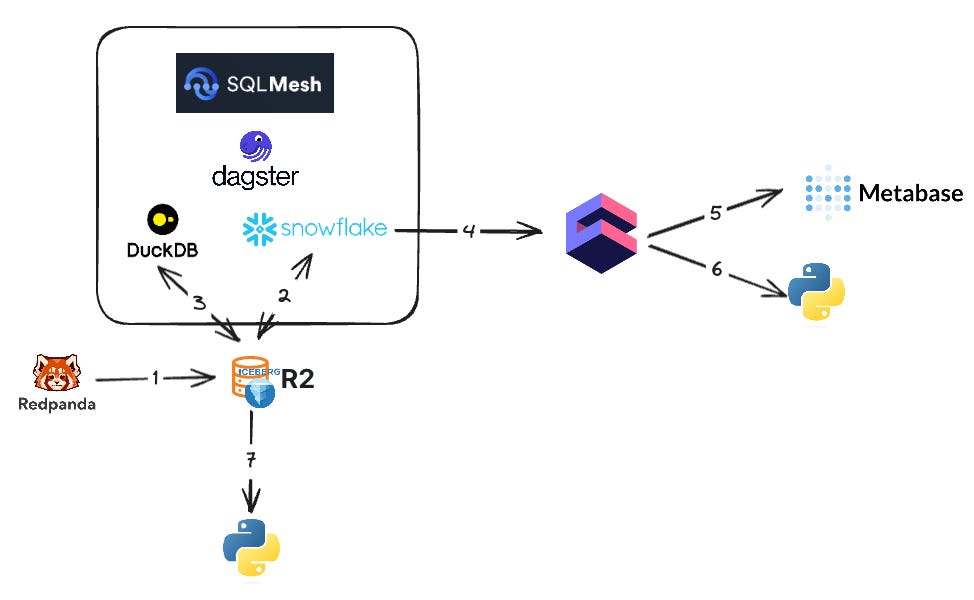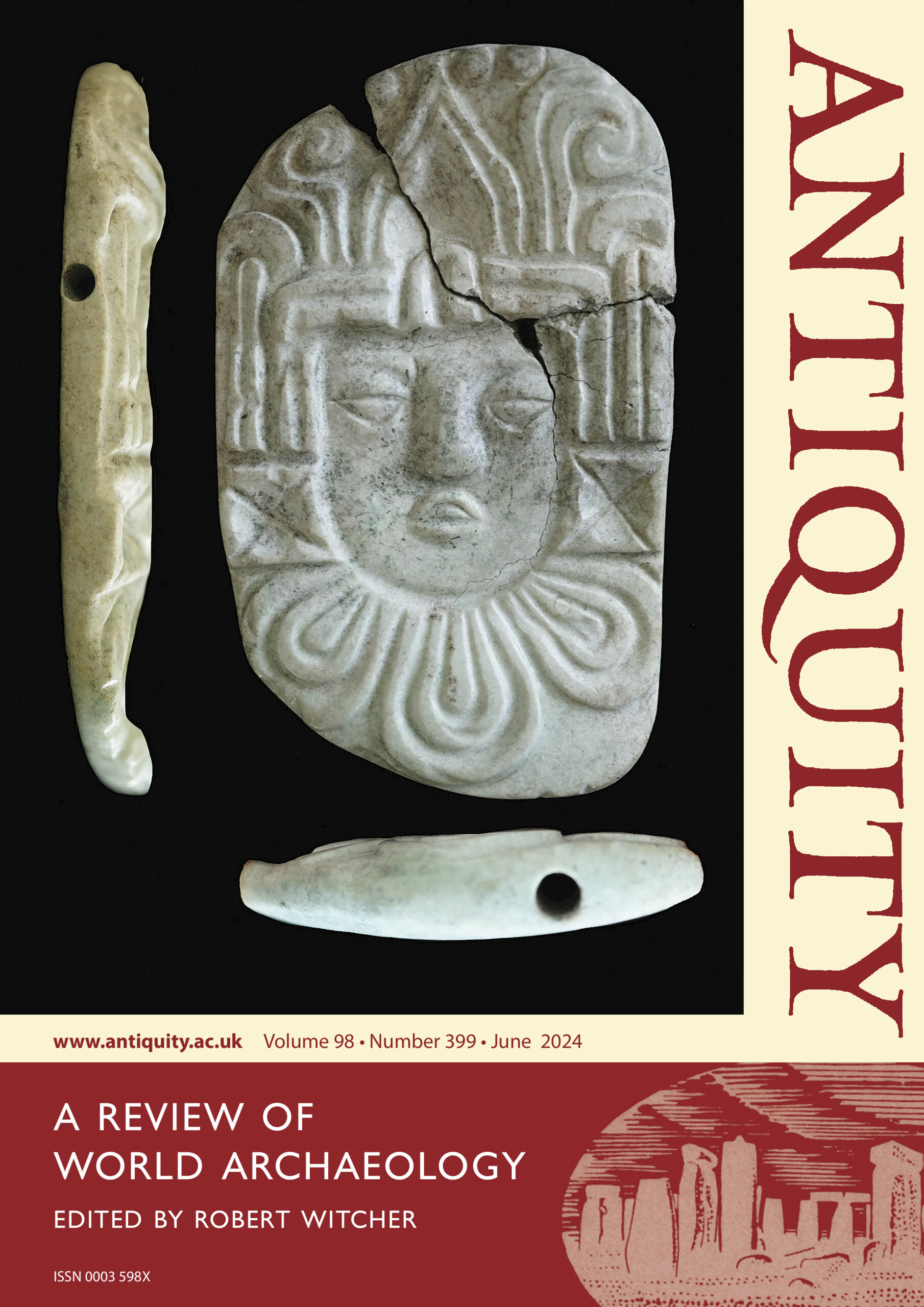
‘Problematic stuff’: death, memory and the interpretation of cached objects
We use cookies to distinguish you from other users and to provide you with a better experience on our websites. Close this message to accept cookies or find out how to manage your cookie settings.
Deliberately deposited (or cached) objects are ubiquitous in the archaeological record, yet they are often classified under different categories, such as hoards, structured deposits, grave goods and cenotaph burials, and interpreted according to different criteria. Drawing on contemporary attitudes to death, dying and bereavement, and using later prehistoric Britain as a case study, this article brings the analysis of these objects together within a single interpretive framework, which asserts that much of this material represents the ‘problematic stuff’ left behind by the dead. This approach forces us to reconsider the traditional boundaries drawn between different aspects of the archaeological record and demonstrates the value that emotion has in our interpretations of past societies.
Various labels are assigned to the deliberately deposited objects recognised in the archaeological record, including hoards, structured deposits and grave goods. Hoards, often comprising metal objects, are usually defined on the basis of their isolated contexts and the perceived quality or quantity of their contents (e.g. Bradley et al. Reference Bradley, Haselgrove, Linden and Webley 2013: 209). They are traditionally given over to finds specialists. In contrast, grave goods accompanying the dead, inhumed or cremated, lie within the realm of funerary archaeology. Finally, ‘structured deposition’ is a catch-all term given to objects cached in other contexts, often found on settlement sites, for example, in pits, ditches and buildings (cf. Hill Reference Hill 1995). Although these categories of objects are interpreted as the residue of ritual activity, the nature of such ritual behaviour is understood to be distinct in each case. The high material value of hoards leads to the interpretation of their deposition either for safe keeping or, more often, as propitiatory offerings (Bradley Reference Bradley and Fagan 1996: 305). Meanwhile, our tendency to focus on the human body relegates grave goods to the role of accompanying the dead, either for use in the afterlife or as dedications by mourners (e.g. Parker Pearson Reference Parker Pearson 1999: 7). Structured deposits—by nature a generic category—have been interpreted in more varied and less specific ways (for an overview, see Garrow Reference Garrow 2012). The addition of descriptive terms to highlight differences in composition and depositional context—for example, deliberate, formal, placed, ritual, selected, special, token (Brudenell & Cooper Reference Brudenell and Cooper 2008: 15–16)—adds yet more categories.









